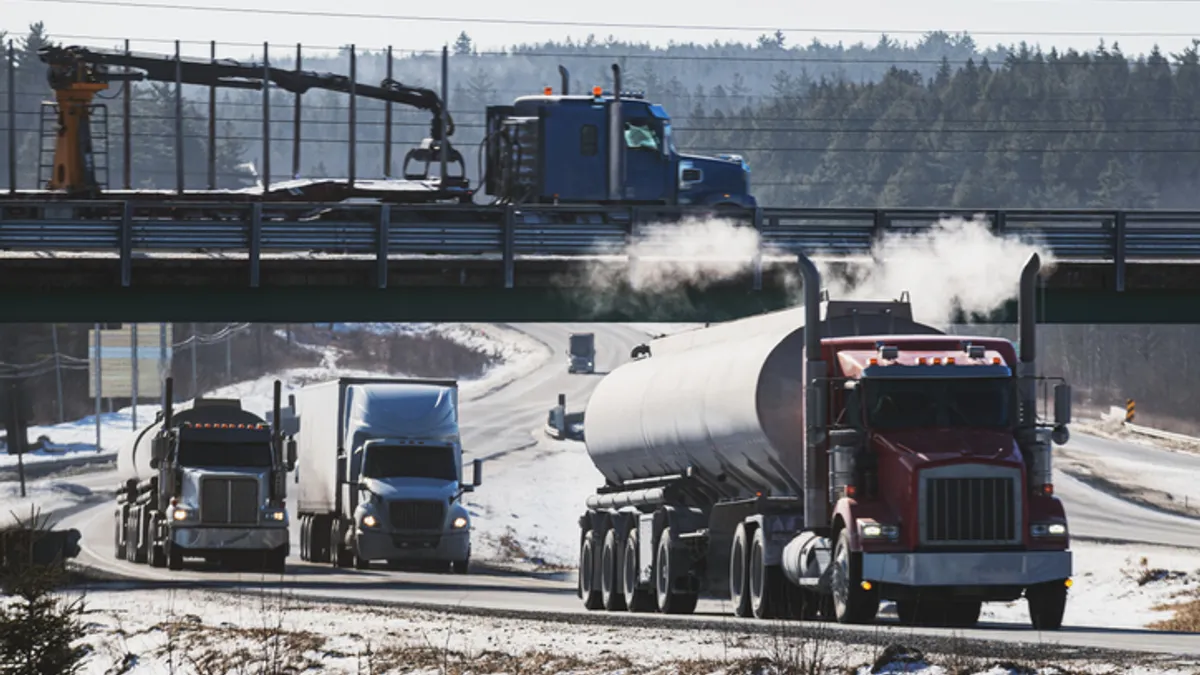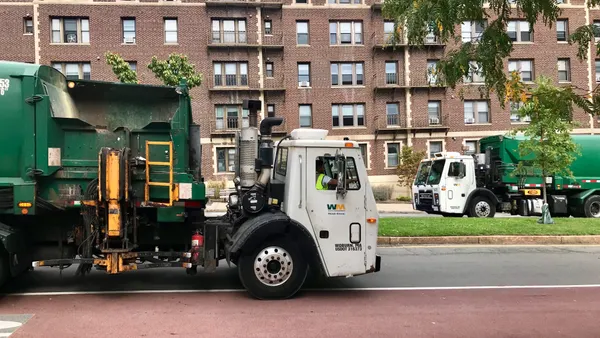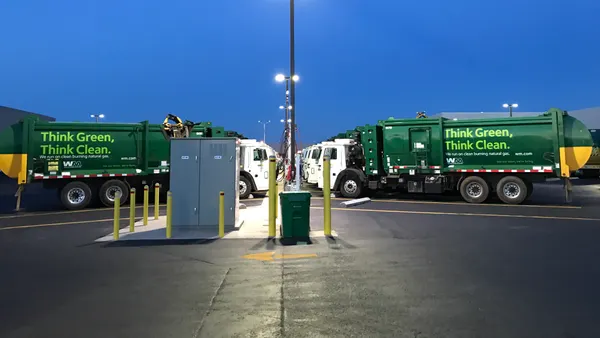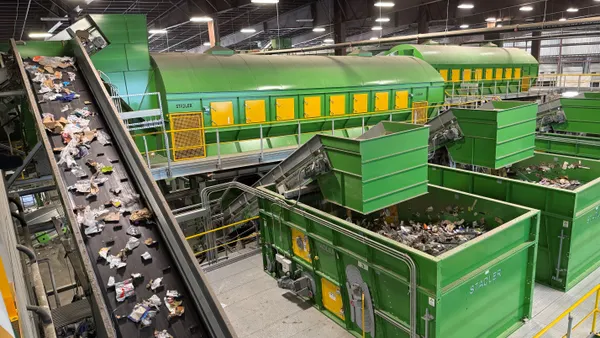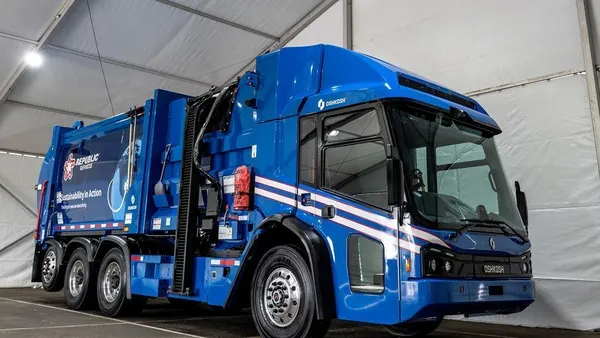The U.S. EPA on Wednesday unveiled sweeping proposals to significantly accelerate clean vehicle requirements and shape the direction of truck manufacturing.
Heavy-duty vehicle emission requirements would be more stringent starting with model year 2027, according to a proposed rule, and move the industry "beyond what was finalized" in a Phase 2 carbon dioxide emissions rule from 2016.
The agency also proposed new carbon dioxide emission standards for model years 2028 through 2032 that would get progressively tougher and have 25% of new long-haul tractors produce zero emissions for model years 2032 and beyond.
The agency said it is proposing the changes to reduce greenhouse gas emissions. The policy is aimed at the entire transportation sector, impacting delivery trucks, refuse haulers and public utility trucks.
"Through 2055, EPA projects that the proposed standards would avoid nearly 10 billion tons of CO2 emissions (equivalent to more than twice the total U .S. CO2 emissions in 2022)," the EPA said in its announcement on the proposed regulations.
Virtual hearings on the heavy-duty proposal are slated for May 2 and 3, and possibly May 4.
The proposals quickly drew concerns from the trucking industry.
“While these standards are directed at manufacturers, it is fleets — the customers and end-users of this equipment — who will ultimately determine their level of success,” American Trucking Associations CEO Chris Spear said in a statement. “The Phase 3 standards must take into account the complex challenges and operating conditions facing motor carriers as we manage the transition to a zero-emission future.”
Spear added the ATA was "extremely disappointed that EPA has chosen to reopen the Phase 2 regulation," which was agreed to and finalized in 2016. He said the organization will remain engaged in the regulatory process to ensure the agency has realistic timelines for regulation that’s technologically feasible and will not cause additional inflationary pressures.
But others applauded the rules. Environmental advocate Calstart said the rules are an important step to “chart a path to increased zero-emission vehicle adoption,” according to the nonprofit’s president and CEO, John Boesel.
Meanwhile, the Truck & Manufacturers Association said the organization and its members “remain fully committed to collaborating with EPA and other stakeholders.” But the group suggested the current proposal wasn’t ideal, saying it will seek to provide data and insights to create a rule that helps accelerate the adoption of heavy-duty zero-emission vehicles.
Peter Voorhoeve, president of Volvo Trucks North America, suggested more support beyond OEMs is needed to properly scale production.
Finding ways to expand charging infrastructure and keep costs down for consumers will require collaboration with utilities, tech companies, government officials and more, he said during a media briefing with the Port of Los Angeles on Wednesday.
“Scaling up from an OEM production point of view is I think, quite frankly, ... the least of our worries,” he said.
Sarah Zimmerman contributed to this story.



